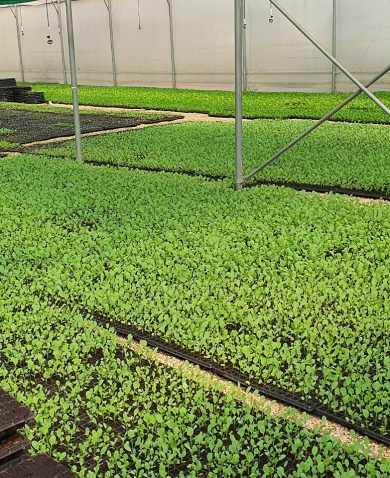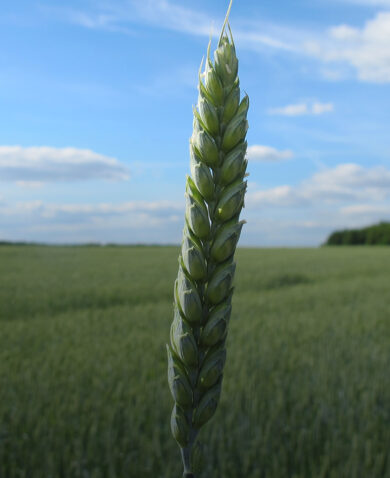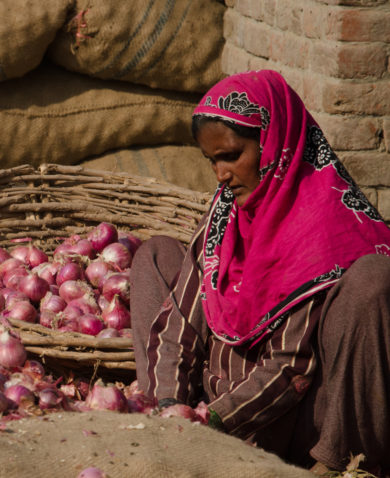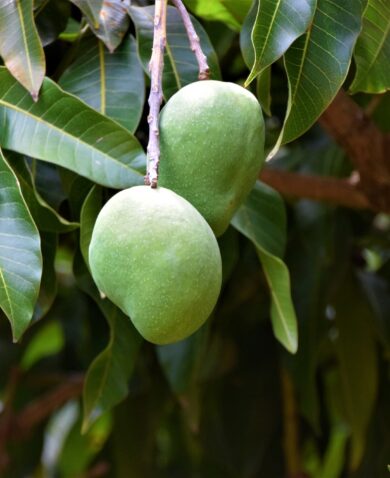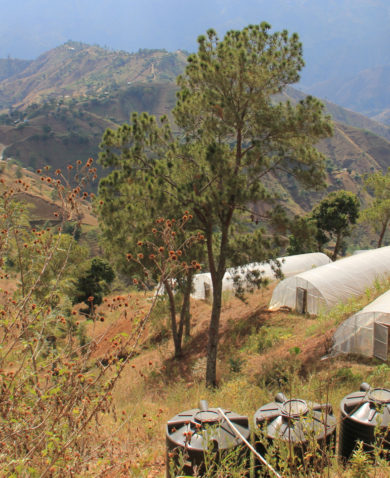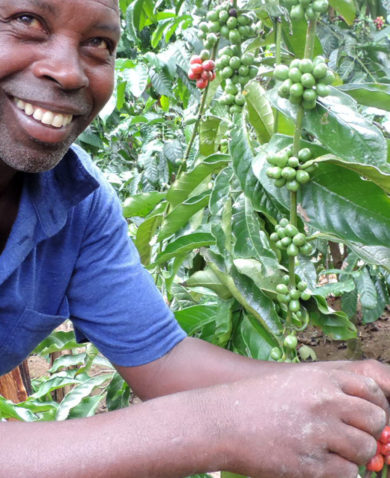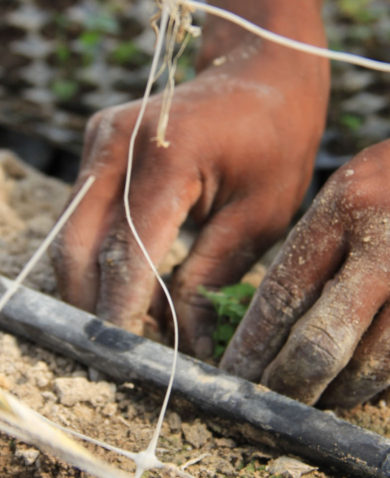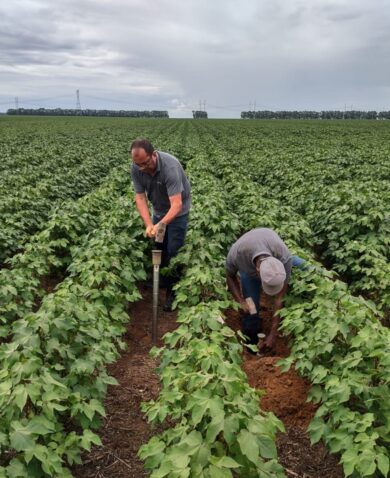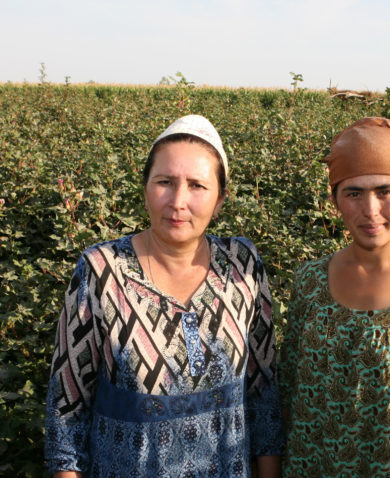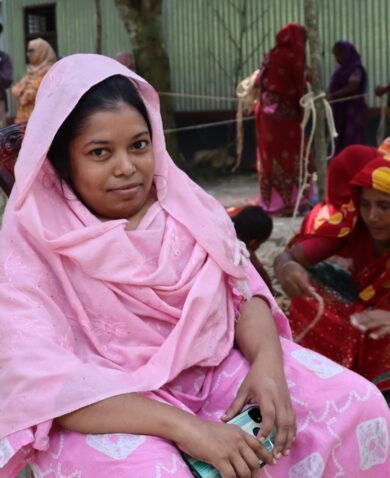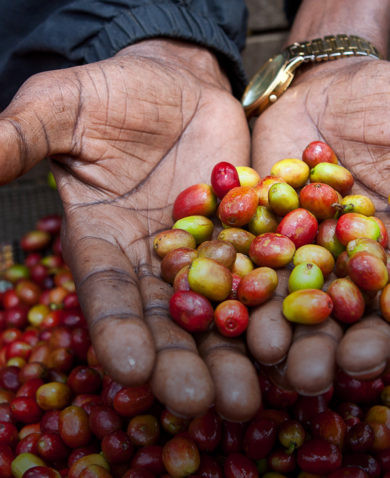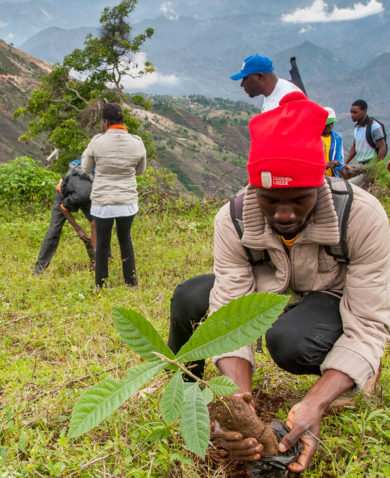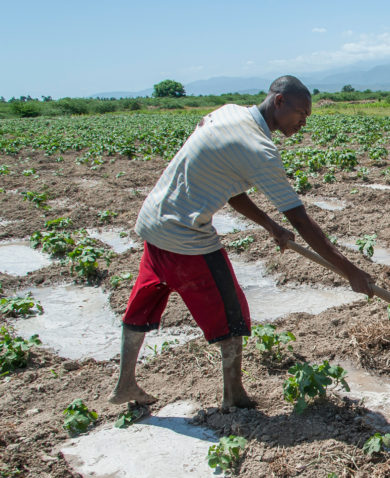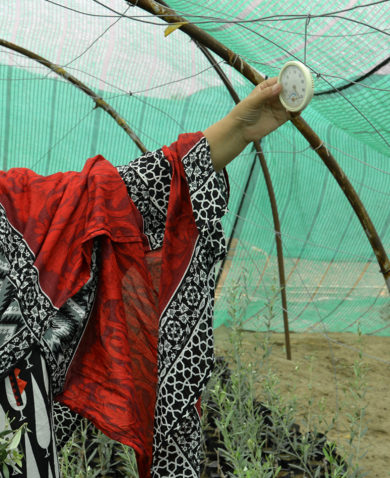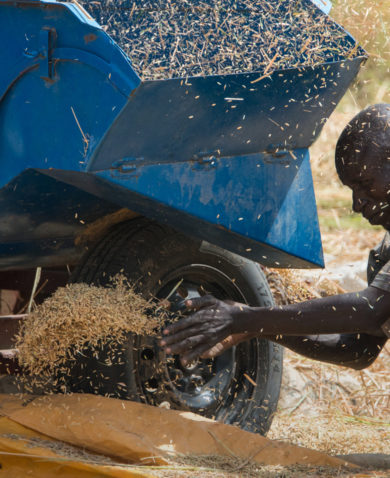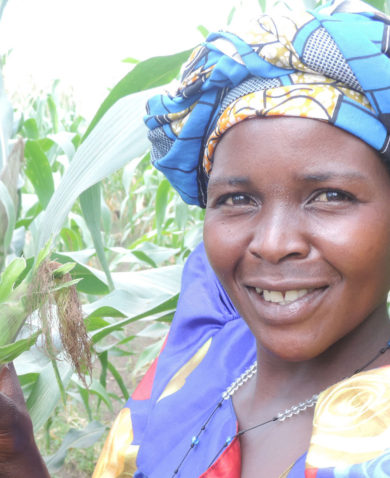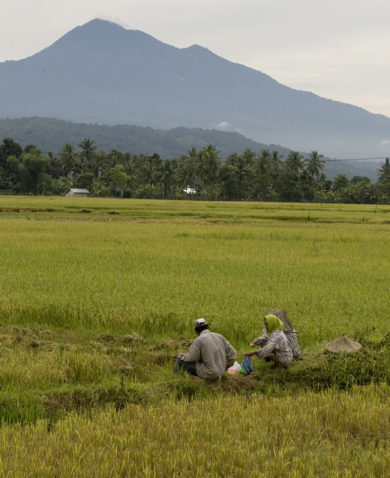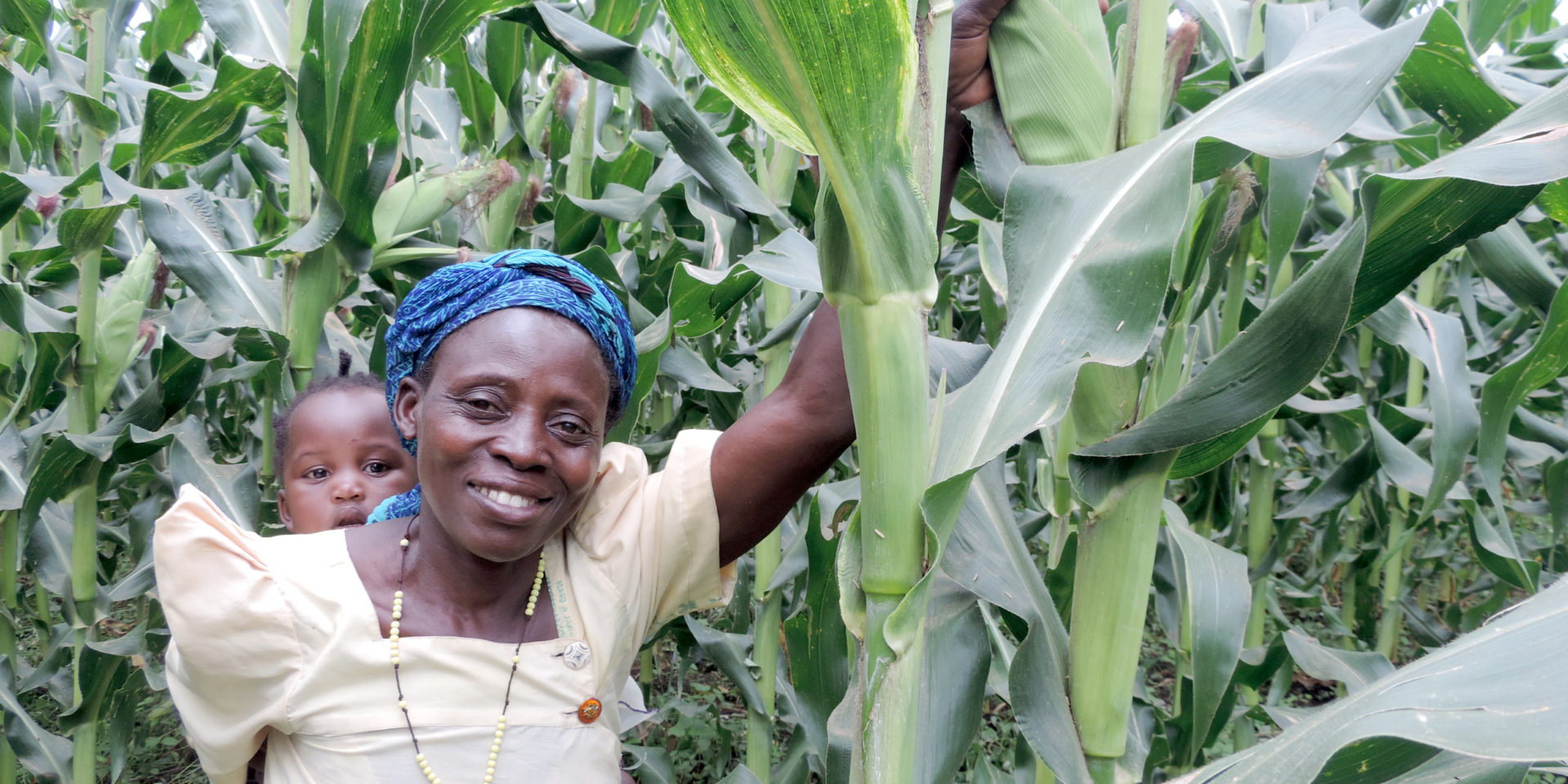
3 Questions with Robert Anyang: Feeding the Next Generation in Uganda
December 22, 2016 | 3 Minute ReadRobert Anyang discusses Uganda's aging farming population, leveraging private sector investments, and the importance of local ownership.
Youth engagement in agriculture is an important component of many agricultural development programs. Why is it so important to reach youth?
Firstly, the current population that’s engaged in agriculture in Uganda has an average age of around 65 years old. As that population stops farming in the next five to 10 years, who will feed the nation? We need youth to embrace agriculture because Uganda won’t be able to import enough food to feed the next generation.
Secondly, Uganda has the largest youth population in the region, so employment rates are an important issue. Not everyone can have a white collar job — agriculture is the only sector where we can absorb more youth and provide them with jobs in the value chain. Uganda’s agricultural system is also moving from subsistence to semi-commercialization, so there are more opportunities now for youth to engage in different kinds of jobs within agriculture.
What does sustainability mean in the context of an agricultural project like CPM?
To me, sustainability means that all the interventions and activities that CPM is supporting will be fully owned by value chain actors by the time the project ends. I define ownership in a very particular way, as well: it means that actors are investing in the activity financially.
Since CPM began in 2013, the private sector has invested $10 million in the activity’s interventions to date in the form of new machinery, storage space, investments in production, and loans. For every dollar that the project invests, the private sector puts in three dollars. The fact that the private sector is investing their own money in the activity means that they are truly leading it and taking ownership, and that the interventions can be sustained with or without the CPM project.
Another aspect of CPM’s approach is that it’s market-driven — we encourage farmers to produce what they can sell. And because exporters and processers are drivers within the market, we coach them to support the farmers who supply them as a way to build up their own value chain. Once we see that those exporters and processers are supporting farmers, we know that the interventions are sustainable. Another example is training village agents, who operate as middlemen between farmers on one hand and processers and traders on the other. These village agents also act as extension agents for farmers and agents for banks. By assisting farmers in getting bank loans, agricultural training, and inputs, village agents and traders will see their own returns grow as their farmers become more productive.
So far, this focus on sustainability and ownership has been very successful. At the beginning of the activity, we looked at 18 indicators of different approaches and services we wanted to encourage value chain actors to adopt. At that time, zero percent of actors were performing those activities. Now, in our most recent evaluation, 69 percent of activities have been adopted. That shows a big change in behavior. There’s still more to do, but this is Uganda’s project now; local stakeholders are really driving this process.
How have Uganda’s agricultural value chain and CPM’s approach evolved over time?
The change I’ve seen in Uganda’s agricultural sector is that farmers are now producing for the market instead of producing first and then looking for a market. Farmers are also starting to pay attention to how much they need to invest to produce what the market wants, such as buying improved seeds or using bank loans. Before, 10 to 15 years ago, farmers simply produced, and whatever they didn’t eat, they sold. But now they’ve reached a level of semi-commercialization, where they actively plan to sell their surplus on the market and their productivity has improved.
Going forward, farmers need to take climate change into account. They’re adopting practices to help them evolve around climate change and continue to produce. For example, we’ve seen farmers begin to ask for irrigation, which wasn’t common before in Uganda. Farmers are willing to pay for an irrigation system, and banks are starting to invest in it. There is an incentive for the banks because the increased production that comes from irrigation lowers the risk of a farmer defaulting on their loans.
Crop insurance is another new development. CPM promoted the use of crop insurance, and now the Ugandan government is investing $2.2 million into a national program that will pay 50 percent of a farmer’s premium for the first four years. By the time the government ends the program, crop insurance will be institutionalized as a service that’s available in Uganda — something that wasn’t the case before.




